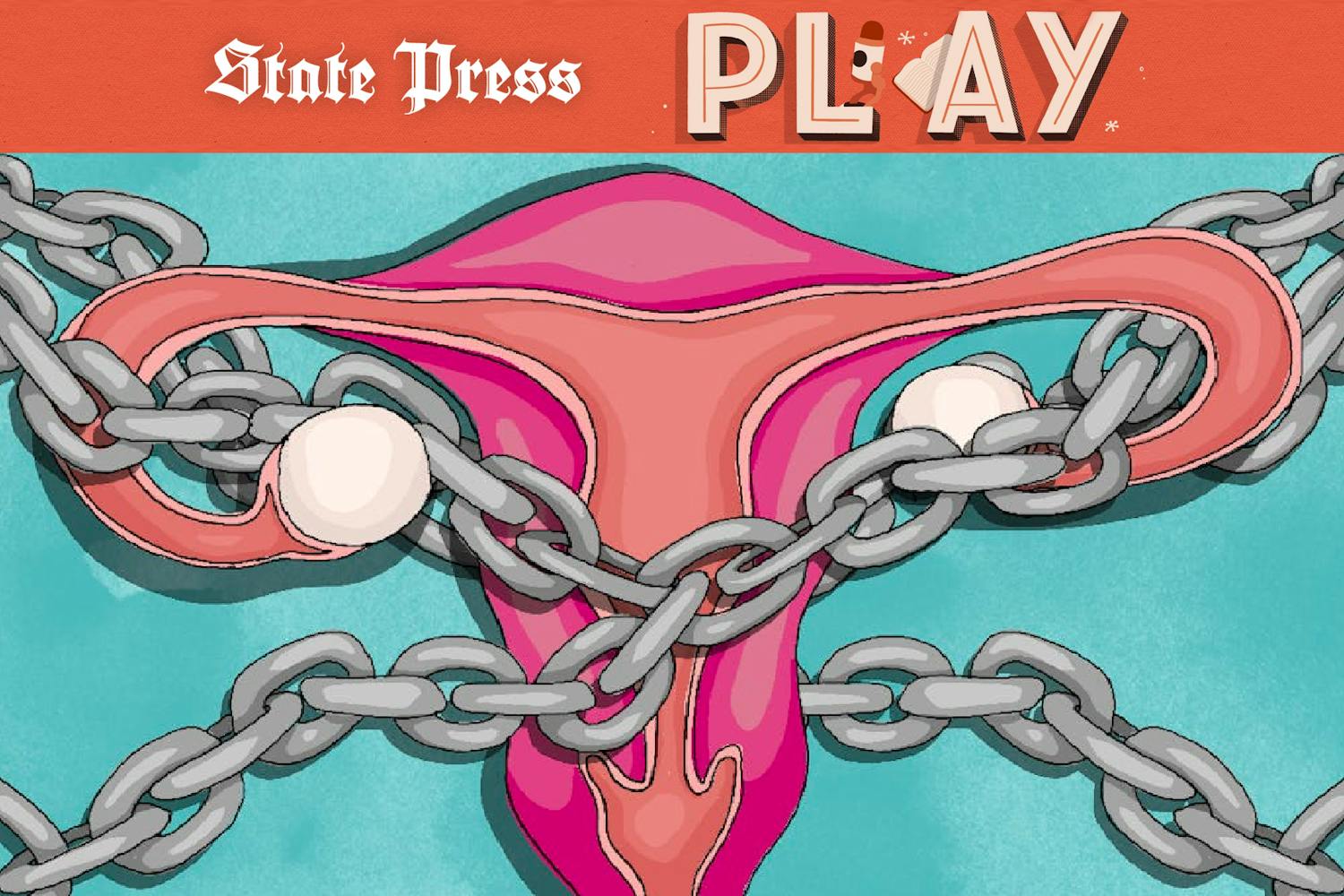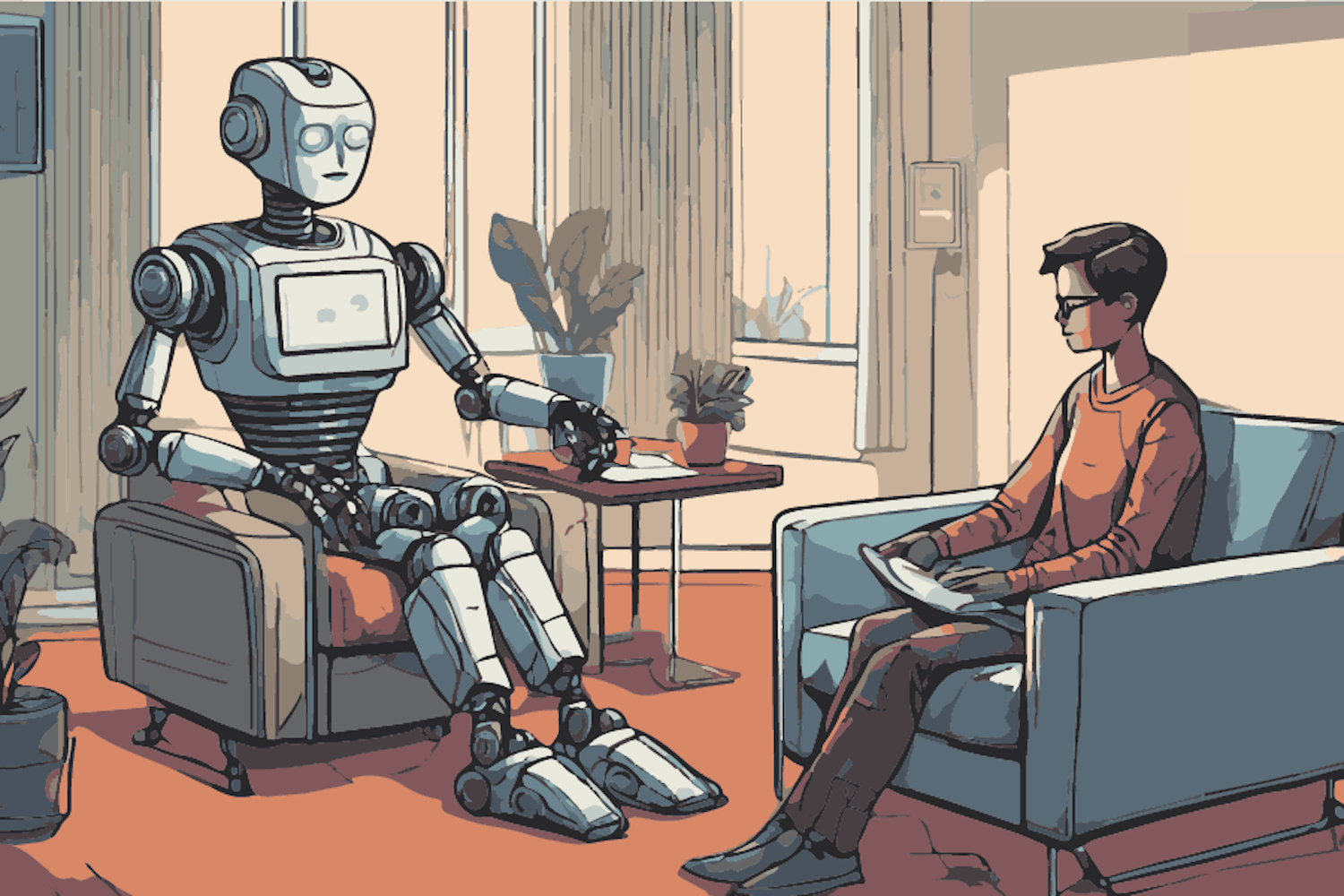On April 14, civil rights leader Julian Bond came to speak at ASU, giving a lecture titled “Under Color of Law.” At that talk, Bond was introduced as “legendary,” and it’s a title he has certainly earned.
Bond is legendary for what he did personally, but also for how well he represents an era. He was attending Morehouse College during the early civil rights movement and jumped right into action as a founding member of the Student Nonviolent Coordinating Committee.
Once a pupil of Dr. Martin Luther King Jr., Bond went on to lead many of the movement’s most important organizations — as communications director for the SNCC, as board president of the Southern Poverty Law Center and as chairman of the National Association for the Advancement of Colored People.
For a man with such experience, it’s not hard to work an audience. And for much of his talk, Bond treated the crowd to stories from his 20 years in the Georgia state Legislature, reflections on his time in the SNCC and opinions on our politics today.
When he spoke about the past, it was a victory speech — an elder statesman looking back upon a fight well fought. And when his talk turned toward the future, Bond was confident. But like so many other leaders in the civil rights movement of today, he leads a charge that may be losing some momentum.
Toward the end of the talk, a representative of ASU’s NAACP chapter stood up to ask Bond for advice. Lamenting the organization’s recent drop-off in recruiting, he explained to Bond that young blacks today “say there’s no problem.”
It’s an issue other leaders also recognize. Benjamin Jealous, current president of the NAACP, spoke of declining membership when he came to ASU just last year. Obviously, neither Bond nor Jealous agree that there’s “no problem.”
But civil rights is not the mass movement that it was before, and today there just aren’t thousands of college students dropping everything to march and protest.
This may not be as big a problem as it sounds. The civil rights movement isn’t over, and it may never be. But the game has changed dramatically. And when the game changes, your strategy should, too.
Racial justice, affirmative action, anti-discrimination — these are still minority issues. But today, they’ve won the support of the majority, at least in theory. And that’s big.
In 1960, everyone agreed discrimination was happening. They just didn’t agree it was a bad thing.
Today, everyone agrees discrimination is bad. The problem now is getting them to agree that it is happening.
In many ways, this is just as tough a fight. There are powerful political interests that think race has gone away. And their arguments are less commonly infected with overt racism, though it is sometimes masked quite poorly.
A generation ago, men like Bond stood up to an openly racist society and overwhelmed it. They won a nation in which rational arguments for racial justice would be heard — and taken seriously.
Now it’s up to our generation to make those arguments. Today’s challenge is more nuanced, and brute strength won’t do the trick. Talent and thoughtfulness matter more than numbers now, but dedication is just important.
Reach John at john.a.gaylord@asu.edu



